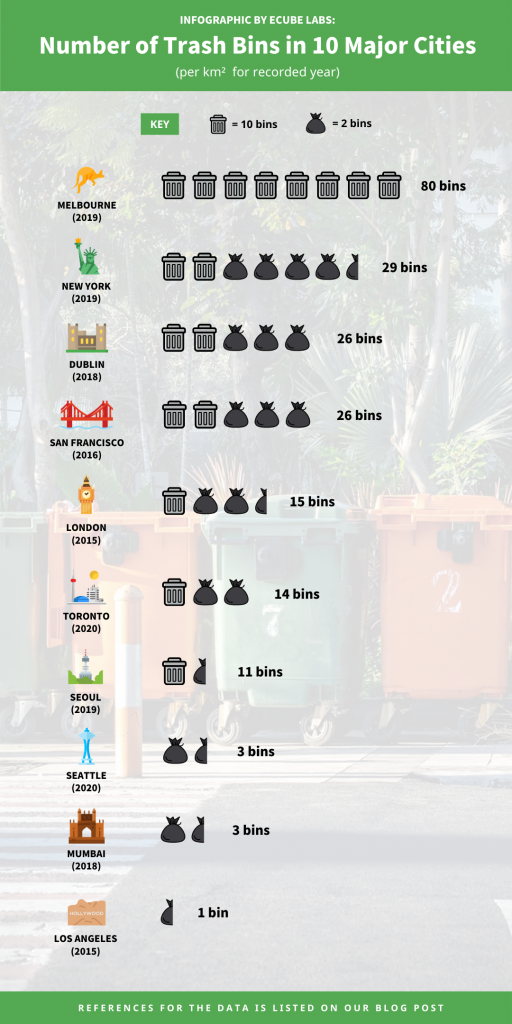
R_RELF & K_CADAVONA
Exploring Seat Availability and Waste/Compost Management
From Article by Kaley Overstreet featured in ARCHDAILY:
Cite: Kaley Overstreet. “Where Did All of the Public Benches Go?” 27 Jun 2022. ArchDaily. Accessed 24 Jan 2024. <https://www.archdaily.com/983657/where-did-all-of-the-public-benches-go> ISSN 0719-8884
The article discusses the declining presence of public seating in urban spaces, notably park benches. This can have an impact on how people interact with each other in open spaces. The lack of seating in general is related to deterring certain groups such as the homeless population. Lack of comfortable seating is related to metal benches, materials considered less inviting for users.
One interesting piece from the article included the concept of “pay per sit” benches from Yantai Park in China back in 2014.
Overstreet writes that the purpose of public seating is to encourage relaxation in open spaces, encourage social behavior, and promote health outdoors. Those with physical limitations can benefit from public benches. Even more, with more seats available that could affect public transportation, potentially reducing the amount of people driving on the road and improve urban experience overall.
There is also the possibility that potential partnerships between the city and businesses could make funding for public seating.
From Article Featured on Ecube Labs
“Why Are There so Few Trash Bins in Major Cities?” Ecube Labs, 20 May 2020, www.ecubelabs.com/why-are-there-so-few-trash-bins-in-major-cities/.
This article addresses the lack of public trash bins in major cities around the world, exploring reasons behind their removal, or their reinstallation of them. Places such as London, Los Angeles, and even South Korea’s Seoul have had removal of bins due to illegal dumping, possible security issues, or cleaner street sidewalks.
Article study looked at the number of bins in each city per square kilometer. For Los Angles back in 2015, there were 1000 street bins in an area of 1213.8 km2 (less than 1 bin per square kilometer).
The desire to keep cities cleaner has led to some solutions, smart bins with compacting utilities have allowed for efficient waste management. Ecube Lab also created a polar powered bin that acts as a trash compactor and uses several measuring technologies to optimize waste amount.
Important takeaways were how waste management systems must be innovative to promote clearner and convenient urban environments.
Additional References:
- https://londonist.com/2016/07/how-many-bins-are-there-in-the-city-of-london
- https://news.chosun.com/site/data/html_dir/2019/11/05/2019110500138.html
- https://www.scpr.org/news/2015/04/15/51032/what-s-behind-l-a-s-trash-can-shortage/
- https://dpw.lacity.org/blog/mayor-garcetti-brings-thousands-new-trash-cans-sidewalks-and-street-corners-across-los-angeles
- https://www.metropolitantransferstation.com.au/blog/smart-bin-for-waste-management-solution
- https://www.fastcompany.com/90440147/new-york-city-has-chosen-this-trash-can-of-the-future
- https://www.dublininquirer.com/2018/06/20/which-neighbourhoods-have-the-most-bins-mapped
- https://missionlocal.org/2017/04/city-took-away-1000-sf-trash-cans-and-now-returns-many-to-mission-st/
- https://www.toronto.ca/services-payments/recycling-organics-garbage/litter/
- https://www.seattle.gov/utilities/environment-and-conservation/our-city/public-litter-cans
- https://www.dnaindia.com/mumbai/report-mumbai-bmc-gives-up-on-no-roadside-bin-dream-2667950


